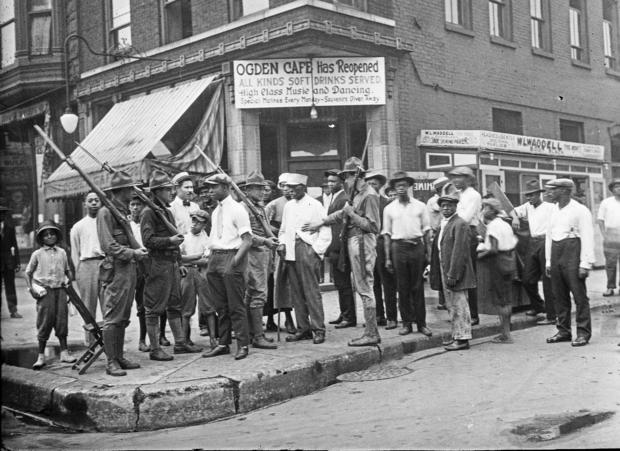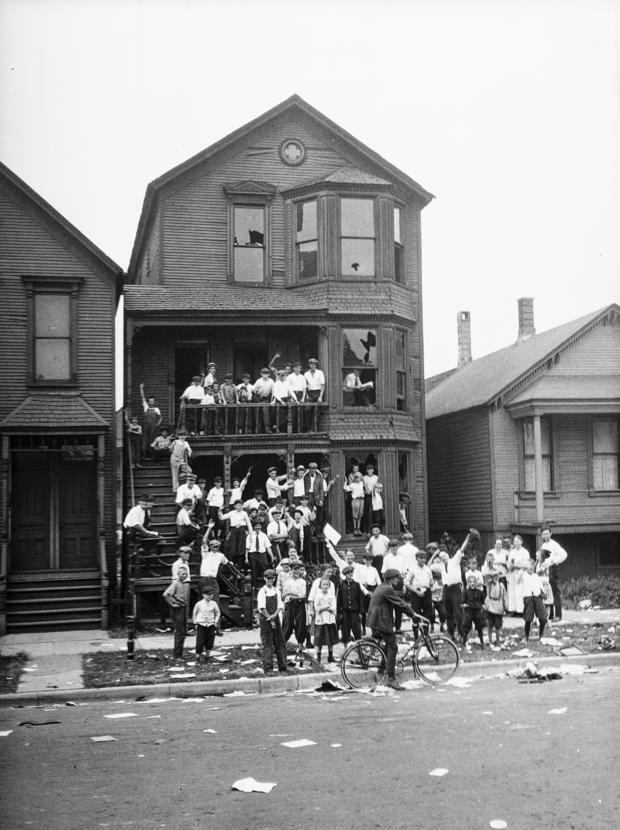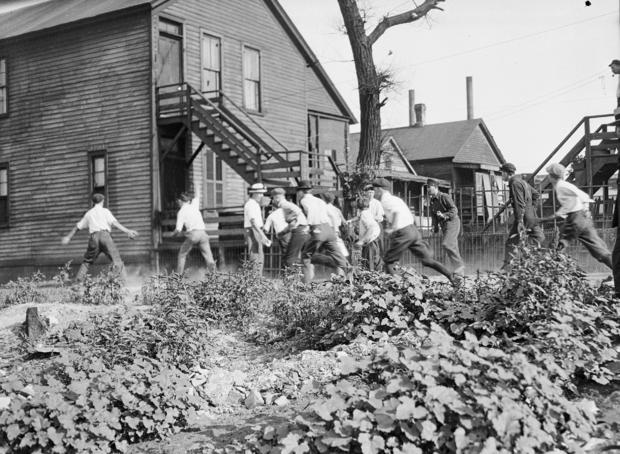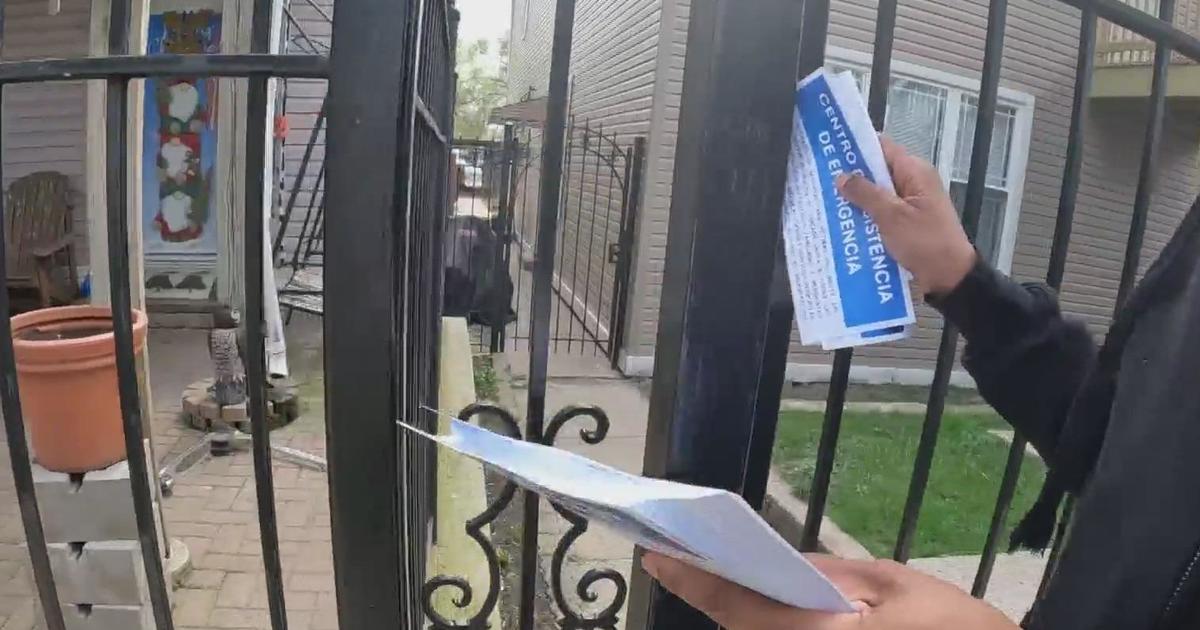Hundreds Of African American Deaths In Red Summer Ignored Century Later
CHICAGO (CBS) -- One hundred years ago, America suffered through one of the biggest outbreaks of racial violence against African Americans in its history, and few people know about it.
Red Summer, as the summer of 1919 came to be known, saw white-on-black violence in big cities like Washington and Chicago and small towns like Elaine, Arkansas, and Bisbee, Arizona.
Historians estimate more than 200 African Americans were killed by whites.
RELATED: The Associated Press Coverage Of The Red Summer
The violence that summer also sparked African Americans - especially returning black World War I soldiers - to take up arms and fight back against white mobs.
Historians say little is known about this period because it doesn't fit into myths about the World War I "Great War" era or the history of blacks gaining rights in America.
The lessons of Red Summer would reverberate after World War II.
"It doesn't fit into the neat stories we tell ourselves," said David Krugler, author of "1919, The Year of Racial Violence: How African Americans Fought Back." "You have a similar situation where African Americans had done their part to make the world safe for democracy, and black veterans came home, and many of them were alive or had heard the stories of what happened in 1919," Krugler said. "And they said, 'Never again.'"
The bloodshed was the product of a collision of social forces: Black men were returning from World War I expecting the same rights they had fought and bled for in Europe, and African Americans were moving north to escape the brutal Jim Crow laws of the South. Whites saw blacks as competition for jobs, homes and political power.
"Ethnic cleansing was the goal of the white rioters," said William Tuttle, a retired professor of American studies at the University of Kansas and author of "Race Riot: Chicago in the Red Summer of 1919." "They wanted to kill as many black people as possible and to terrorize the rest until they were willing to leave and live someplace else."
Ida B. Wells, a pioneering black journalist and one of the few reporters to interview victims, noted a woman named Lula Black was dragged from her farm by a white mob after saying she would join the union.
"They knocked her down, beat her over the head with their pistols, kicked her all over the body, almost killed her, then took her to jail," Wells wrote in her report "The Arkansas Race Riot." "The same mob went to Frank Hall's house and killed Frances Hall, a crazy old woman housekeeper, tied her clothes over her head, threw her body in the public road where it lay thus exposed till the soldiers came Thursday evening and took it up."
The Chicago History Museum will commemorate the events of the 1919 Red Summer on Saturday July 27 featuring artists and historians. Visit the Chicago History Museum's website for more information on schedules and presentations.
Copyright 2019 The Associated Press. All Rights Reserved. This material may not be published, broadcast, rewritten or redistributed.






